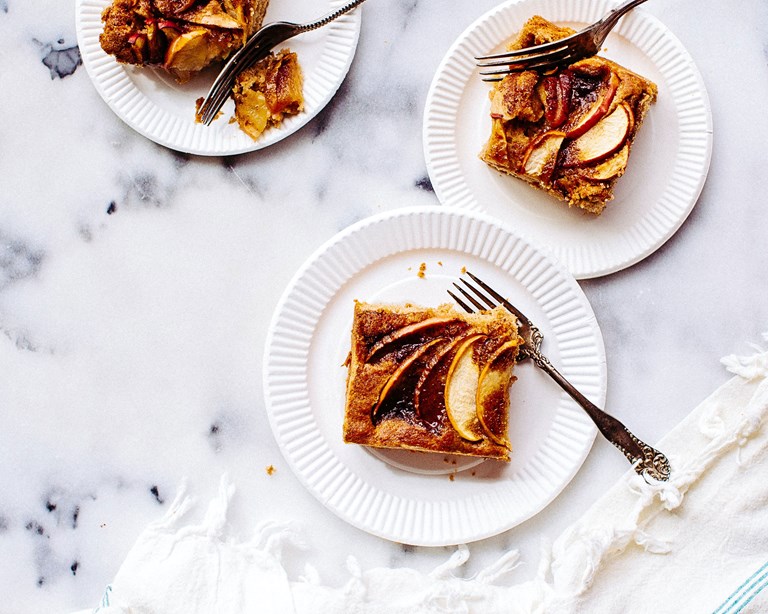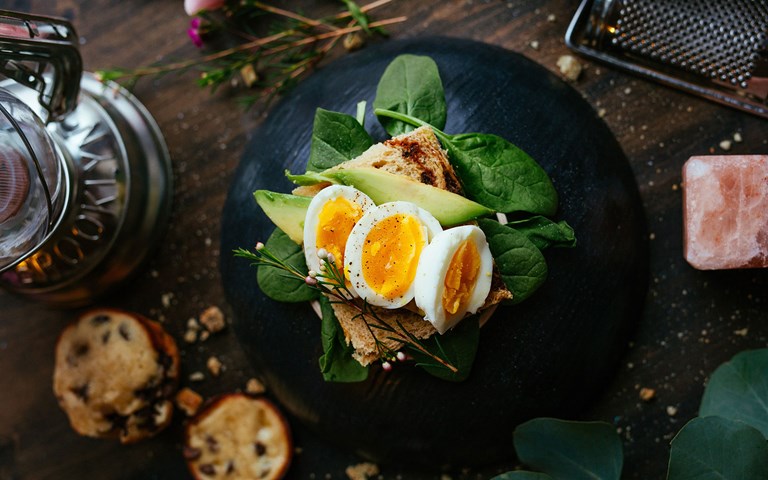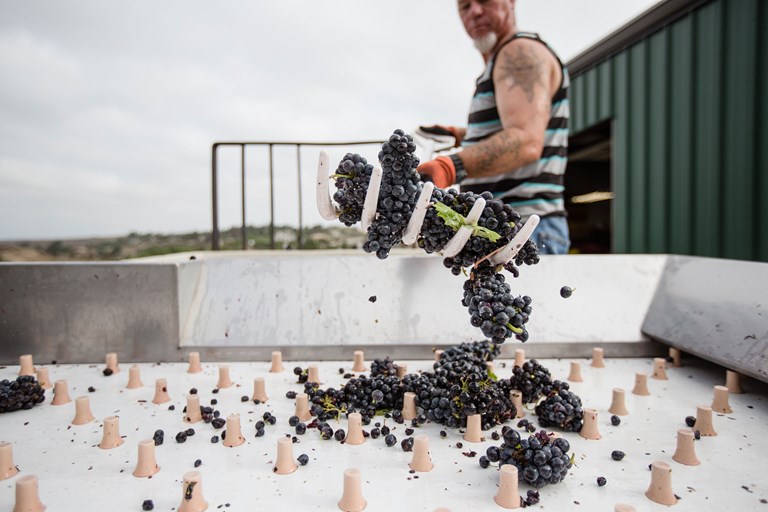
Living without gluten
It is estimated that approximately 6% of the western population suffers from gluten intolerance and 1.1% is affected by celiac disease. Whereas two in a thousand have allergic reactions, some serious, to wheat (just by inhaling minute particles). In the face of these statistics, there are mainly two courses of action. The first is to make sure that whoever has difficulty assimilating gluten is aware of the problem (many don’t even know they have it and associate the symptoms with other causes), then that person should discover how to change eating habits in order to improve quality of life. The second is to provide a choice of gluten-free foods also in restaurants. But first of all, we need to understand what is gluten? What is celiac disease?

What is gluten?
Gluten is a complex protein that is found in some cereals, most commonly wheat. From a strictly nutritional point of view, it is a compound containing proteins. It also gives dough its viscosity, elasticity and cohesion, all useful characteristics for successful leavening or bread making. So, what’s the deal with gluten? The problem is that not everyone has a digestive system that can tolerate it. Indeed, gluten can cause reactions that weaken the body and reduce quality of life. For some people it’s a case of intolerance, others an allergy, and in some cases a condition known as celiac disease.
What is celiac disease?
It is an autoimmune disease caused by the exposure to gliadin, a gluten protein. In those affected by celiac disease, gliadin can cause an inflammatory reaction in the small intestine, which leads to a progressive reduction in the villi that line the intestinal walls, until they completely disappear. The result is difficulty in absorbing nutrients (that are taken up by the villi).
The only effective known treatment is a gluten-free diet.
What celiacs can eat
In order to avoid damage to the body and the symptoms associated with the disorder, whoever suffers from celiac disease should not eat foods containing gluten. Even small amounts of gluten can cause inflammation. For this reason, even when eating gluten-free foods, it is necessary to check the origin. What does that mean? They must not have been manufactured in the same place as products containing gluten, to avoid there being any traces. Celiacs therefore can eat vegetables, pulses, fruit, and animal products (meat, fish, milk, cheese, eggs) and must only be careful with products made from cereals. For example: bread, pizza, pasta, cakes. Moreover, bakery products normally contain yeast which includes gluten. Celiacs though don’t necessarily have to do without a plate of pasta, a bruschetta or a dessert. There are cereals and raising agents (such as bicarbonate) that do not contain gluten. The most common gluten-free cereals are rice and corn (so no worries about risotto or polenta). You can also easily find buckwheat, quinoa, sorghum, amaranth, and millet in grocery stores (even non-specialist ones) and supermarkets. Oats are also a gluten-free cereal and have important nutritional value, but make sure they are certified gluten-free, as in some cases they are processed in factories that also handle wheat, and some cross-contamination is possible.
The gluten-free alternative
The quantity and quality of gluten-free cereals on offer allows one to be creative in the kitchen and to prepare some mouthwateringly delicious dishes. A celiac however needs to have absolute certainty that the dish does not contain gluten, and assistance in this regard comes from specialist gluten-free restaurants, where there is an assurance that ingredients containing gluten do not contaminate those without. In the Mesolcina region, B Atelièr Bistrôt in Grono (GR) is an example of a gluten-free premises (a rarity in the Italian-speaking part of Switzerland). This choice was dictated by the experience of the Galli family, and was recently the subject of an article in the Cooperazione magazine. 9-year-old daughter Ambra was diagnosed with celiac disease, and then her father discovered he couldn’t eat gluten either. The family quickly realized that if you wanted to eat out, the selection of gluten-free dishes was almost non-existent. And so, the idea came about to open a bistro, that would shine a light in the catering world and offer an alternative for people affected by gluten disorders.


